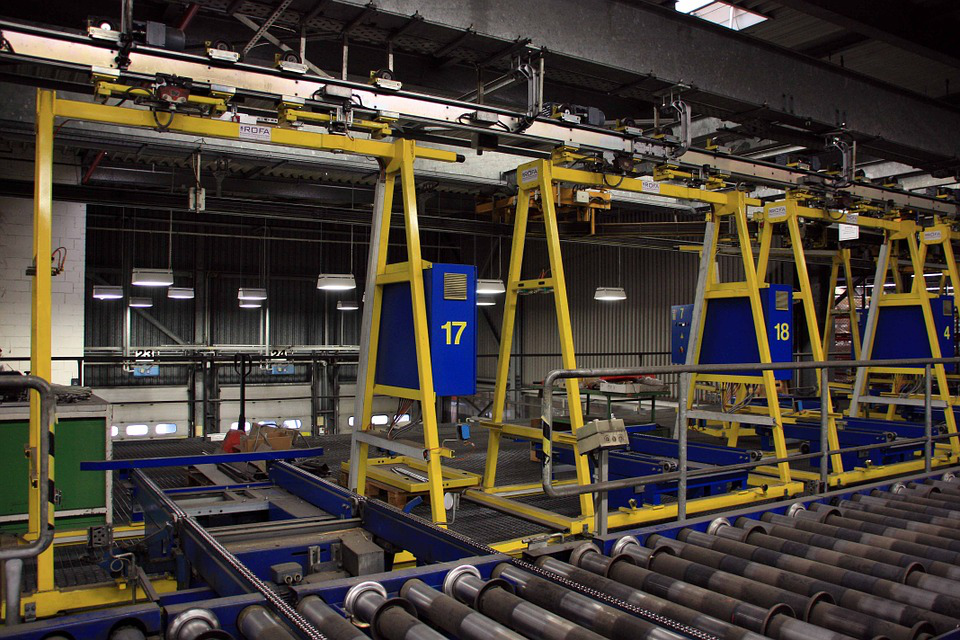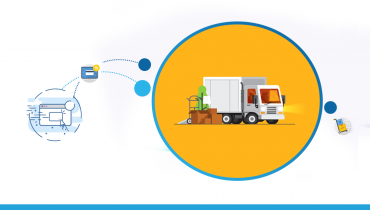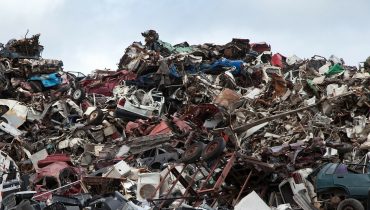
Conveyor equipment you should know before buying
Conveyor has been a staple in the materials handling industry for decades. As the demand for reduced cost, increased throughput, and integrated automation grow. So does the need for conveyor systems of all types. With the vast variety of materials, configurations, accessories, and sizes, choosing a conveyor system can be an overwhelming task.
However, the right conveyor belt for your product is one of the most important. Often overlooked, details in the selection of a conveyor. The type of material the belt is made of is vital to the success of the application. Having the wrong belt can significantly affect throughput, downtime, and safety. Here are some tips on how to choose the best conveyor equipment for your company.
There are many different types of belts available so the first step in choosing the correct belt is to know your product and how it will convey.
Non- powered conveyor
Non-powered conveyor, the simplest form of a conveyor, uses the natural forces of inertia and/or gravity to keep products moving. Portable sections of the non-powered conveyor are often used for loading packages onto the back of an over-the-road truck.
The non-powered conveyor can also serve as a takeaway conveyor for cartons coming out of an automated sorter, and it’s often used in workstations and pick modules where employees complete their tasks and then push their work along to the next zone or station.
There are primarily two types of non-powered conveyor:
Skatewheel conveyor
Only a little energy is needed to turn the small wheels of a skate wheel conveyor, and that makes skatewheel good at maintaining the speed of a product. Because each wheel turns independently, a skate wheel conveyor is also a good choice for the curved sections of a conveyor line.
Roller conveyor
Non-powered roller conveyor is commonly used for workstations and pick modules because it provides a better working surface and is often less expensive than the skatewheel conveyor. It’s also good at slowing the inertia of products coming out of a high-speed sorter.
POWERED PACKAGE-HANDLING CONVEYOR
When it comes to moving packages and other relatively small items, two styles of conveyor dominate the market: belt conveyor and powered roller conveyor.
Traditionally, belt conveyor has been used for transporting products, while the roller conveyor has been used for accumulating products.
Another factor taken into consideration when choosing between a belt or roller conveyor depends on the size of the product being moved.
Belt conveyor
In traditional belt conveyor, an AC motor drives a pulley that then turns a long, looped belt. Underneath the belt sits either a bed of non-powered rollers or a sheet of metal known as a slider bed. The belt can be made of a variety of materials with a variety of surfaces. Depending on the items it is intended to convey.
Roller conveyor
Despite the advantages of belt conveyor, many of today’s distribution centers are filled with roller conveyor because it allows the accumulation of products. Accumulation is a way to make the conveyor store product for a determined amount of time. Then released into an automated sorter or palletizer, for example.
In this fast-paced world materials, conveyor systems have to adapt quickly to an end user’s needs. Customers want systems to grow with them at their rate. So it’s up to suppliers to design and apply modular products that are easy to integrate. That can scale a system up to handle increased flow or additional box sizes when necessary.





